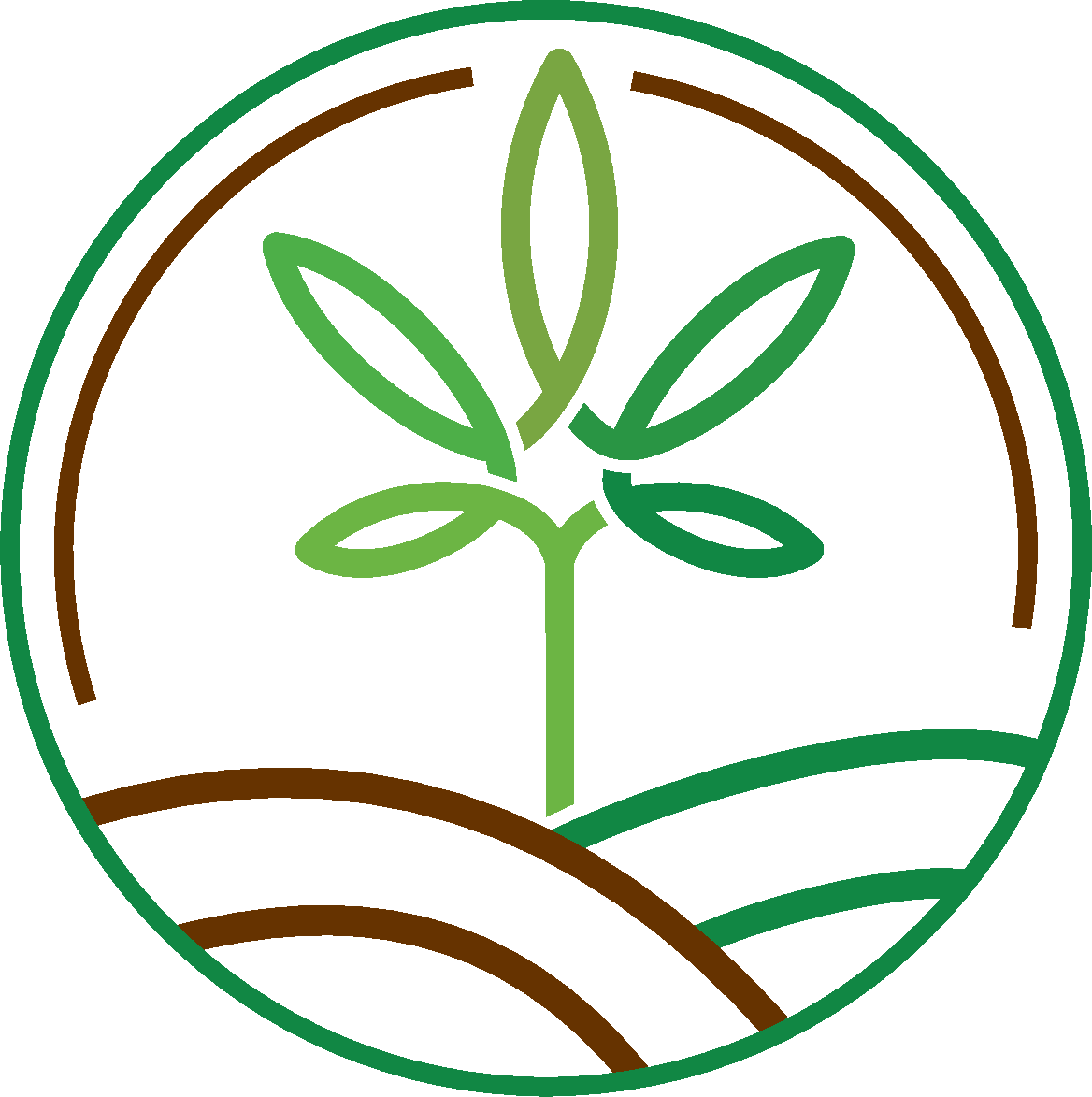What is MoRoCycling?
MoRoCycling is a novel and sustainable process. By using two additives animal manure or biogas digestate can be efficiently separated into a solid and a liquid phase.
We decided to prioritize sustainability so the two additives we use, starch and healing clay, are either 100% derived from renewable resources or available as natural deposits.
Linear
Liquid manure
Recycling
Compost & Separation
Upcycling
MoRoCycling®
The energy consumption of the complete technology incl. of all pumps etc. is approx. 2.5 kWh/m³. This is an excellent energy efficiency, as it means that a maximum of 1,000 kWh per ton of pure nitrogen has to be used, whereas conventional processes for producing synthetic fertilizers require around 11,000 kWh/ton.
%
Energy savings compared to conventional processes
With the MoRoCycling® process, we have created a way to recover the finite resource phosphorus (essential nutrient for all life) in plant-available form with almost no losses and to sustainably recycle it.
Sustainable
Efficient
Certified
How MoRoCycling works
The animal manure is fed into the MoRoPlant® with the help of a pump. In the MoRoPlant® itself, the additives are injected from the respective storage tanks at different points in the mixing section or with the aid of the FlocFormer® from Aquen AG.
The system adjusts the addition of additives and injection points within the mixing section during production to ensure consistent product quality.
Automatic adjustment to meet quality criteria
Flocculation occurs within a few seconds to prepare for the subsequent separation of solid and liquid phases. By means of a decanter centrifuge or other separation techniques, the original product, animal manure, is combined with our two additives to produce 2 completely new valuable substances that are more than worthy of their name.
Efficient and ecologically compatible flocculation
Interchangeable separation technology offers flexibility and an optimal result
Emergence of new recyclables
… learn more

Reservoir for the two additives that are optimally dosed to the process.
Different separation technologies can be used.
Among other things, a decanter centrifuge is used in the MoRoPlant system.
Animal manure from cattle or pigs is fed to the MoRoPlant® by means of pumps.
The FlocFormer® from Aquen AG is integrated into the process to optimize floc formation and thus improve separation.
Solid phase of animal manure sold as an organic, sustainable fertilizer under the product S4S Terra.
Liquid phase of animal manure that can be concentrated and used as liquid fertilizer (S4S Fluid) or as drinking water*.
(* can be realized by a downstream, separate technology)
Schematic representation of the MoRoCycling® process. Click on the hotspots to get more information.
Uniqueness of MoRoCycling

Building blocks of the uniqueness of MoRocycling®.
Harmless use of materials
Product circularity
Social fairness
Water and soil management
Clean air and climate protection
Harmless use of materials
By means of two biological additives of natural origin, a partially toxic substance (liquid manure or fermentation residues) is transformed into two new valuable substances with an immensely positive impact on the biodiversity of our agricultural landscapes.



Product circularity
Both of our recyclables are returned to the fields, where they contribute to soil health and better or healthier crop growth.
The crops grown go back into food or feed production as raw material and eventually come back as manure of animal origin to be reprocessed by us and returned to the fields.
This cycle does not mix technical and biological cycles, resulting in a sustainable product design.



Water and soil management
The recyclables produced conserve natural resources and improve soil health as the foundation of our nutrition and health.
In addition, nutrient inputs that should not enter groundwater are minimized. The consistent use of the S4S Fluid relieves the groundwater body.

Clean air and climate protection
The MoRoPlant® system and the MoRoCycling® process save emissions from animal husbandry by more than 80%!
Emissions from fertilization are reduced to a minimum without having to invest in complex and cost-intensive application techniques.
As a result of the application of the solid phase on our agricultural soils, an appreciable amount of humus can be built up in a short time.
Humus is one of the largest carbon reservoirs on our planet.

Sustainability of MoRoCycling

Cradle2Cradle of MoRoCycling®
Social
Value creation remains on the farms and in the region/country. Thus, farms in the respective region become more resilient to outside influences.
Effects of MoRoCycling® process:
- Food Security
- Relief of the transport system in the regions by eliminating unnecessary manure transports
- Improvement of animal welfare
This promotes the development towards a socially acceptable agricultural landscape.
Ecology
The MoRoCycling® process helps reduce emissions in both livestock and crop production, while promoting soil life and biodiversity.
In addition to groundwater protection, the MoRoCycling® process contributes to a positive eco-balance.
Economics
MoRoCycling® results in products that bring economic advantages to farms compared to conventional processes.
These are reflected on the one hand in external cost benefits (less purchasing of operating resources) and on the other hand in internal cost benefits (internal value creation).
Products
S4S Terra
Organic-mineral fertilizer with an immensely high organic mass content and an optimal C/N ratio.
S4S fluid
A light mineral NK fertilizer that can also be used for crop fertilization through downstream processes.


